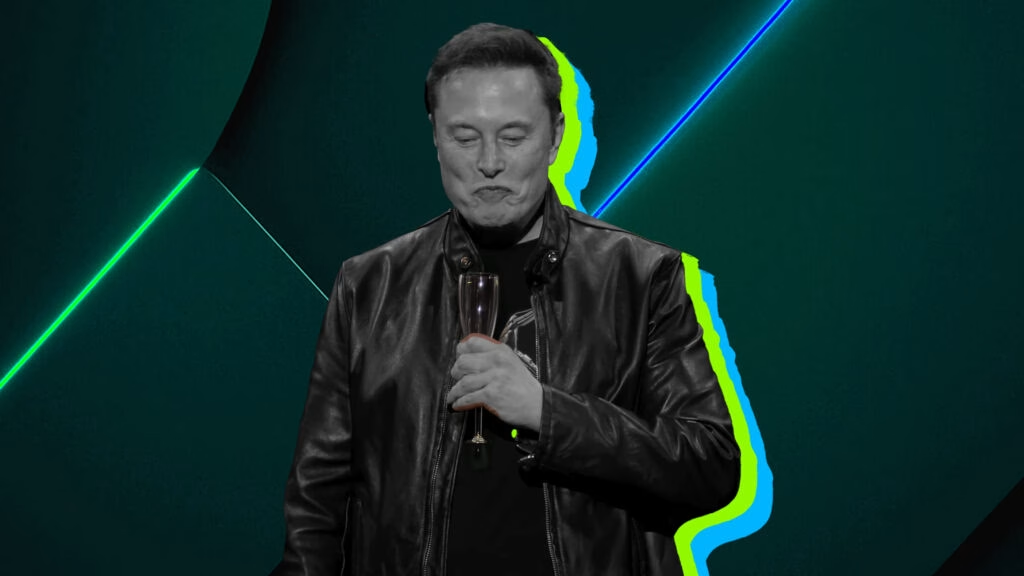Elon Musk is making headlines again, and this time it’s all about his ambitions for Tesla. As the electric vehicle giant continues to grow, Musk is keen on solidifying his position at the helm. He’s not just content with his current stake; he’s aiming to increase it to 25%. Why? To ensure he has enough control to fend off any potential ousters from investors who might not see eye to eye with him.
Musk’s determination to remain CEO is crystal clear. During a recent video appearance at the Qatar Economic Forum, he confidently stated that he has “no doubt” he’ll lead Tesla for at least the next five years—unless, of course, something drastic happens. It’s a bold claim, and while it might sound a bit morbid, it underscores his commitment to the company amidst growing shareholder concerns.
The backdrop to this ambition is a bit tumultuous. Reports have surfaced suggesting that some board members are already exploring options for a new CEO, driven by worries that Musk’s attention is divided, especially with his forays into global politics. However, both Musk and Tesla have denied these claims, insisting that he remains fully committed to steering the company.
Musk’s current stake in Tesla stands at 12.77%, valued at over $140 billion. His desire to bump that up to 25% isn’t just about financial gain; it’s about control. He believes this level of ownership will provide him with a buffer against activist investors who might want to challenge his leadership. Musk articulated this sentiment well: “It’s not a money thing; it’s a reasonable control thing over the future of the company.” This perspective highlights his desire to maintain a balance—enough control to lead effectively, but not so much that he risks being perceived as a liability.
The political landscape has also played a role in Musk’s strategy. His significant financial contributions to political campaigns, particularly in support of President Trump, have drawn scrutiny and criticism. Musk has acknowledged the backlash and has indicated a shift in his approach to political spending, stating he plans to “do a lot less” in the future. This pivot might be an attempt to refocus on Tesla’s core mission and quell any concerns from shareholders about his distractions.
Tesla’s rapid rise from a niche player to a dominant force in the automotive industry is a testament to Musk’s vision and leadership. The company is now not only one of the largest car manufacturers by volume but also holds the title of the most valuable automaker by market capitalization. This transformation didn’t happen overnight; it required relentless innovation and a clear strategy, both of which Musk has championed.
As Musk navigates these challenges, it’s clear that he’s not just looking to maintain his position but to strengthen it. His plans to increase his stake in Tesla reflect a broader strategy to ensure that he can continue to drive the company forward without the fear of being sidelined.
The big takeaway? Musk’s journey with Tesla isn’t just about electric cars; it’s about control, vision, and resilience in the face of challenges. Whether you’re a fan of his methods or not, there’s no denying that his influence has shaped the automotive landscape in profound ways. As he continues to push boundaries, it’ll be fascinating to see how this all unfolds in the coming years.

